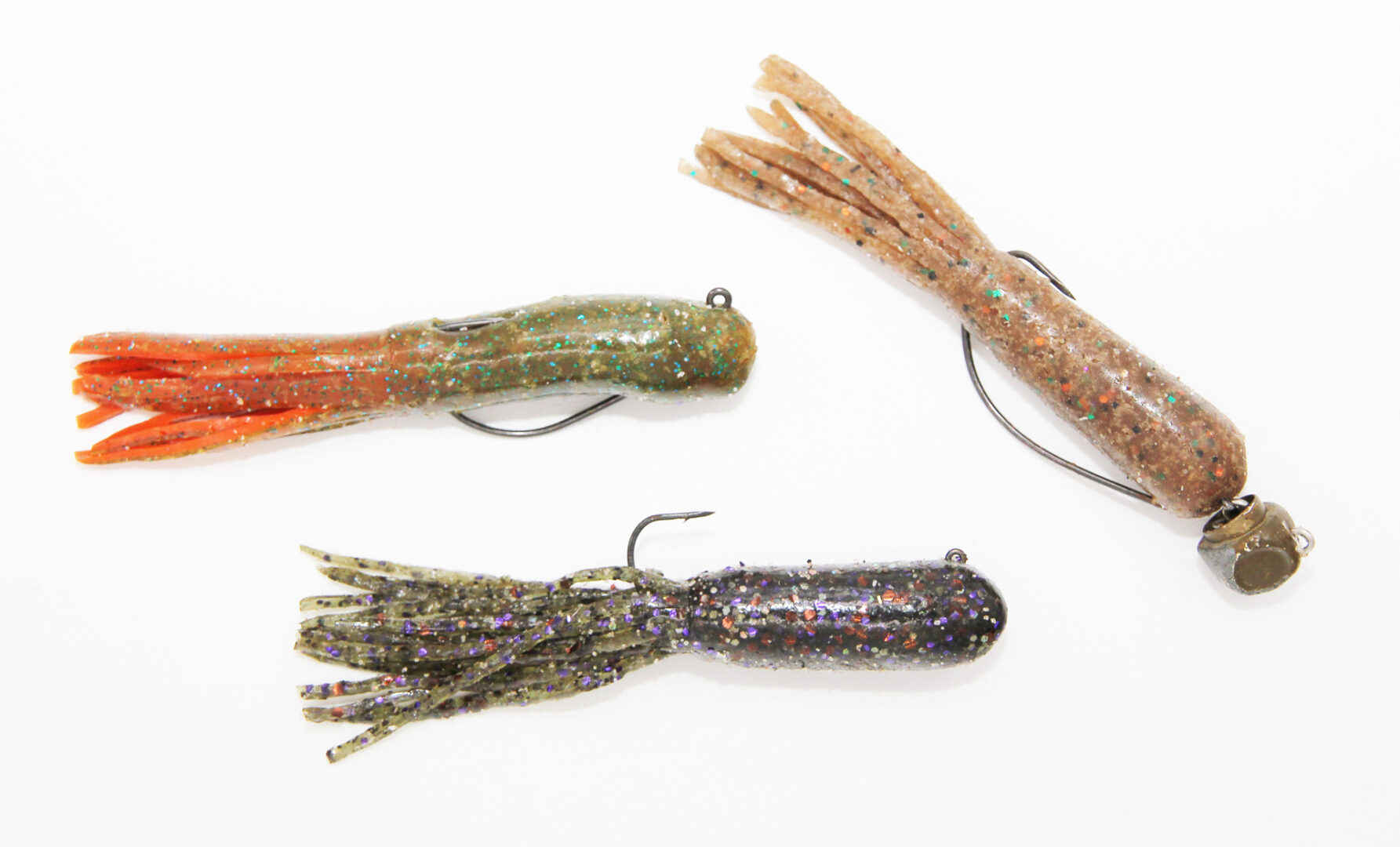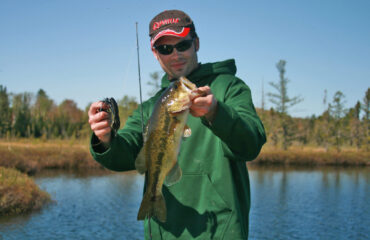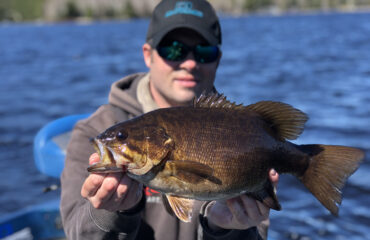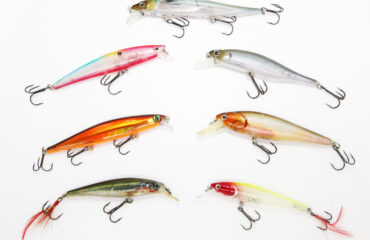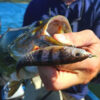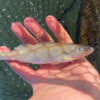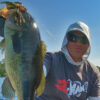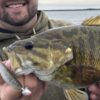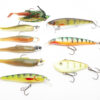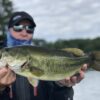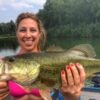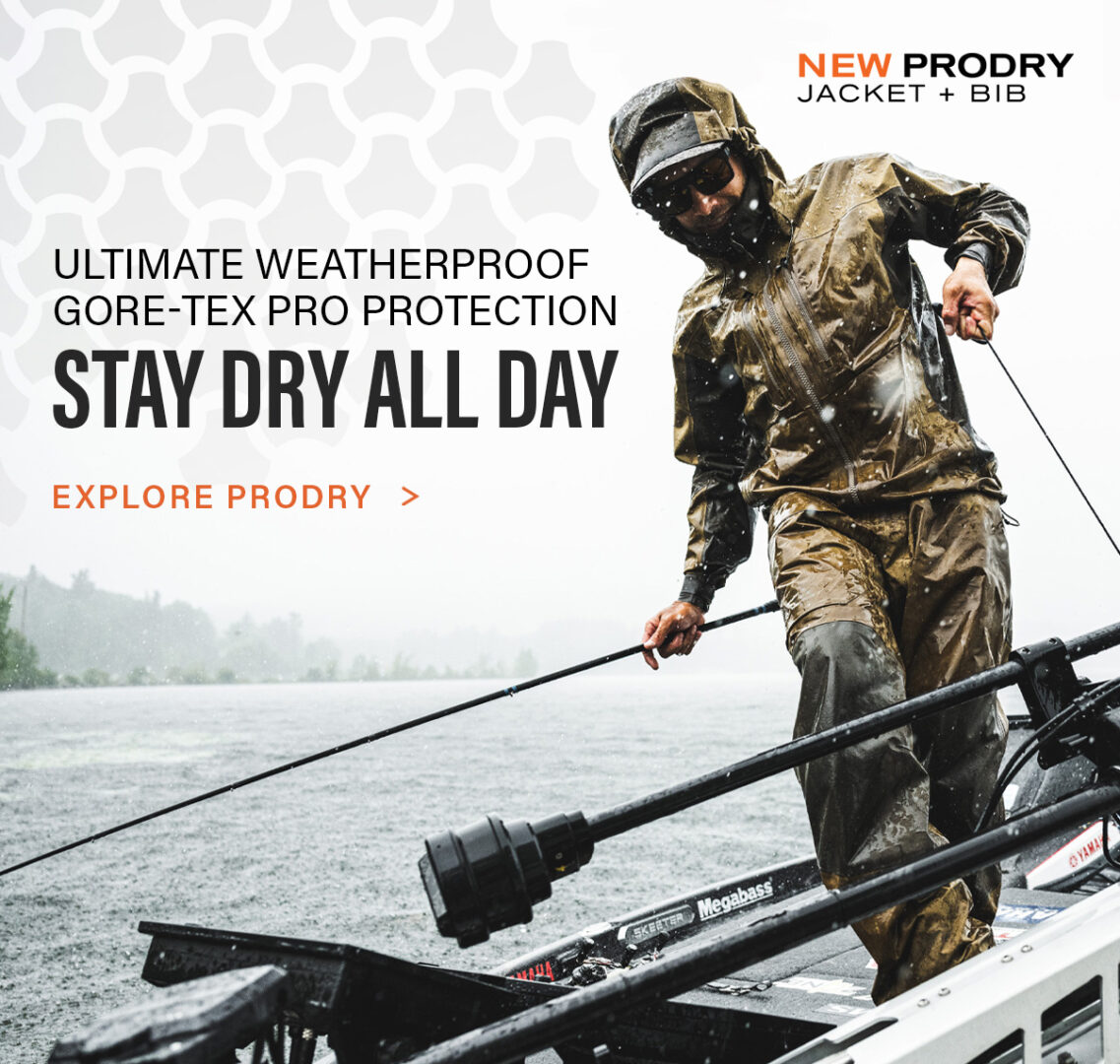Smallmouth Tube Jigs
Tube jigs are a match made in heaven for smallmouths. Perfectly representing the preferred choice of crayfish and other bottom dwelling prey, the tube jig has been catching smallmouth bass for a number of years.
Fishing bottom oriented baits for smallmouth bass is an often overlooked spring season tactic. Anglers usually turn to the fast, reactionary strike approach of jerkbaits, crankbaits, and spinnerbaits before rapidly slowing down the pace to meticulously fish with plastics such as the tube. Often times, during cold fronts and spawn, anglers fail to slow themselves to the pace of inactive smallmouths.
Consistency with early season bass requires knowledge with a wide variety of presentations. The classic tube jig is one of them. It’s no secret that tube jigs are popular choices for smallmouth bass. The reason for this lies in the fact that crayfish are favorite natural forage species, as are gobies, log perch, and other bottom dwelling prey fish which tubes also represent.
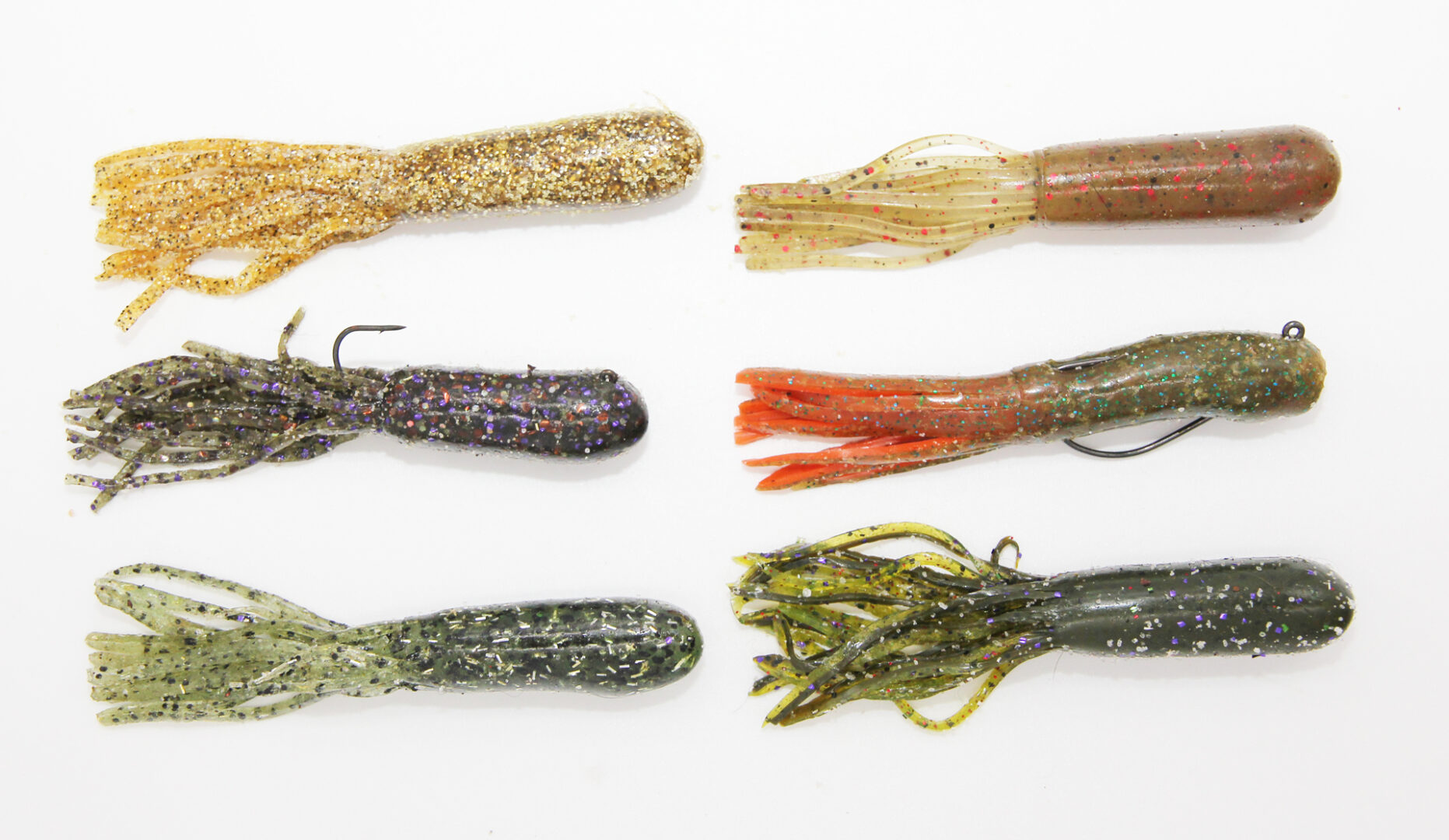
When locating smallmouths on precise locations that will be used for spawning, the secret is to fish tubes as slowly as possible, to dead stick periodically, and to keep bottom contact at all times. Give the tube a twitch and hop every now and then, but maintaining bottom contact is most important. I often employ the dragging retrieve, which most closely resembles the behavior of a live crayfish that is scurrying along the bottom. When working the drop-offs of a shallow spawning flat and its nearby deep water, patience will be taken to the limit and tested.
Regardless of your retrieve and manner of jigging, it is extremely important to pay close attention to your line for any movement or hits, and the rod tip for feeling out the bottom and all of its cavities and crevices between rocks and gravel. In my experience, smallmouth bass can spit out a tube just as quickly as they suck them up.
Concentration, patience, and fast reflexes with a strong hook set are crucial for success. High-vis yellow braided line such as 15 to 20 pound Cortland Masterbraid greatly helps to detect pickups. A light and sensitive rod such as the St. Croix Legend Elite (ES70MHF) and Legend-X (XLS70MHF) models I fish with helps without question.

Tubes are available in a number of sizes, styles, and vast array of colors. They may be rigged in several ways such as Texas rigged, weightless, on swinging heads, or with an insert style jig head which is my preferred method for all scenarios.
The insert style jig head is the most ideal rig method for most situations. For deeper water fishing, it is the best and most trusted method I’ve found. My favorite tube inserts are manufactured by Bite Me Vertical Eye Tube Jigs (available with rattles and without), and Trokar Weedless Tube Jigs (rigged stupid – watch video).
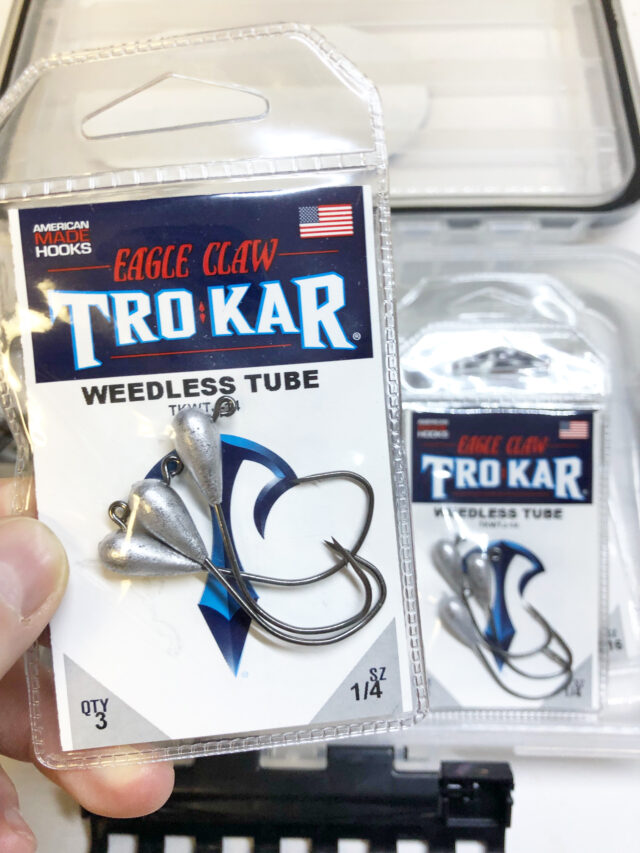
What I look for in a quality smallmouth tube is its plastic formula, its level of salt and additive impregnation, availability of colors and attention to detail, and durability.
A few brands meet all these requirements for my preferred tubes, and they are made by Strike King (3.5 Coffee Tube), YUM (Garret Mega Tube), and Get Bit Baits (3.5 double dipped).
In my opinion, unless fish are incredibly and unfairly picky, color seems to have less of an impact or significance than the size, profile, and scent of the tube.
